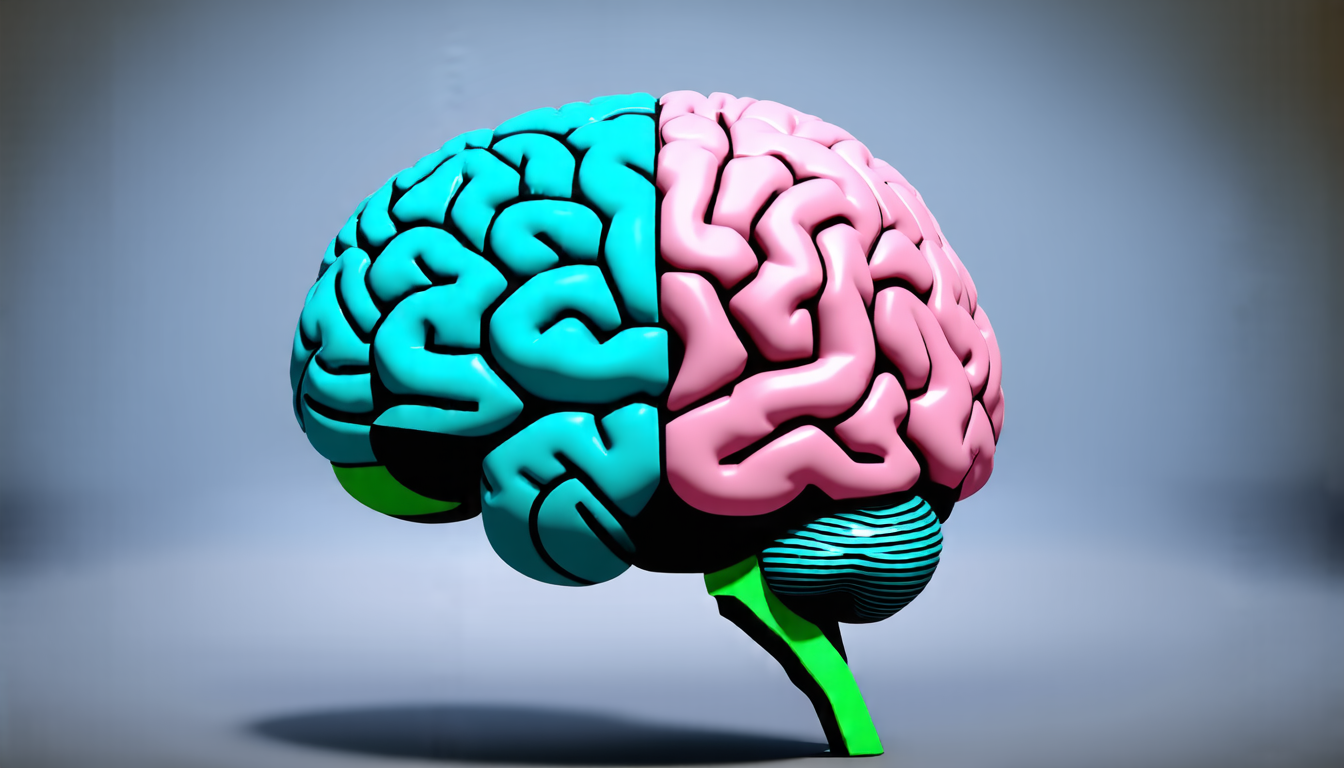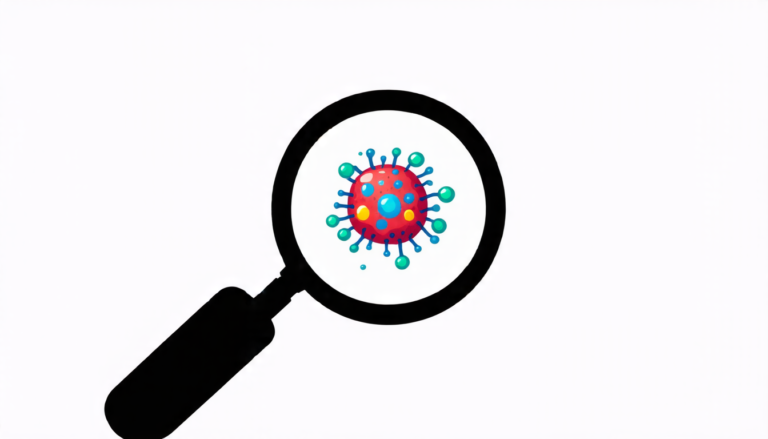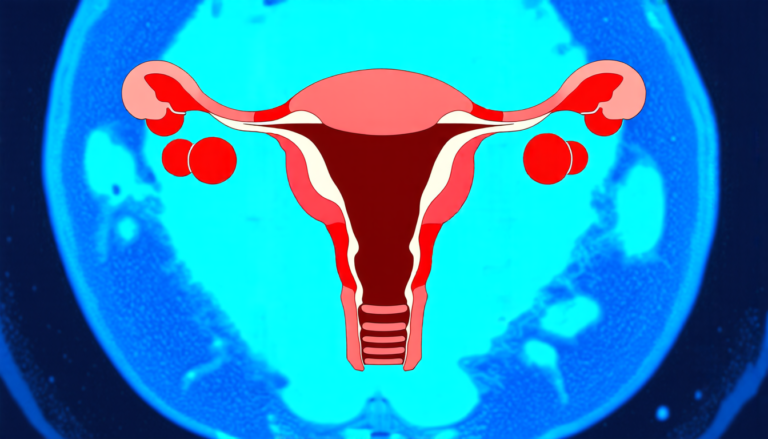Sunday 06 April 2025
Deep learning has revolutionized many fields, from image recognition to language translation. Now, researchers have applied this technology to create a new method for reconstructing the surface of the human brain.
The process starts by analyzing diffusion magnetic resonance imaging (dMRI) data, which shows the movement of water molecules in the brain. This information is then used to predict the shape and structure of the brain’s cortical surfaces, including the inner white matter and outer pial surfaces.
The researchers developed a deep learning framework called DDCSR, which stands for Deep Learning-based Cortical Surface Reconstruction. This framework consists of two main components: SDFNet and DiffCoSeg.
SDFNet is responsible for predicting the shape and structure of the brain’s cortical surfaces from dMRI data. It uses a combination of convolutional neural networks (CNNs) and spatial attention mechanisms to extract important features from the data. The output of SDFNet is a set of signed distance functions (SDFs), which describe the position and orientation of the cortical surfaces.
DiffCoSeg, on the other hand, is responsible for extracting the 3D mesh surface from the predicted SDFs. It uses a combination of neural networks and geometric processing techniques to deform and inflate the initial template mesh to match the predicted SDFs.
The researchers tested their method on a dataset of healthy young adults and found that it outperformed traditional methods in terms of accuracy and efficiency. They also demonstrated its ability to generalize to datasets from different populations and acquisition protocols.
One of the key advantages of DDCSR is its ability to reconstruct cortical surfaces directly from dMRI data, without the need for additional anatomical MRI data. This makes it a powerful tool for studying the brain’s structure and function in various conditions, such as neurological disorders or neurodevelopmental disorders.
The researchers also believe that their method has the potential to improve our understanding of the brain’s functional networks and connectivity patterns. By reconstructing the cortical surface at high resolution and accuracy, they can provide new insights into how different brain regions communicate with each other.
In addition to its scientific applications, DDCSR may also have clinical implications. For example, it could be used to help diagnose and monitor neurological disorders, such as Alzheimer’s disease or Parkinson’s disease. It could also be used to develop personalized treatment plans for patients with brain injuries or tumors.
Overall, the development of DDCSR is an exciting step forward in our ability to analyze and understand the human brain.
Cite this article: “Deep Learning Framework Enables Accurate Cortical Surface Reconstruction from Diffusion MRI Data”, The Science Archive, 2025.
Deep Learning, Brain Reconstruction, Diffusion Magnetic Resonance Imaging, Cortical Surfaces, Sdfnet, Diffcoseg, Convolutional Neural Networks, Spatial Attention Mechanisms, Signed Distance Functions, 3D Mesh Surface







